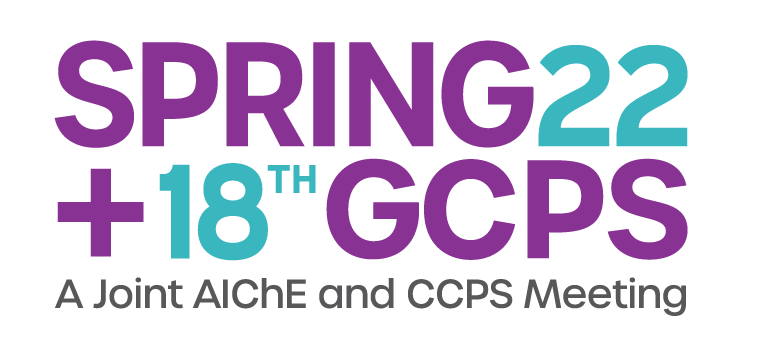

Here, we discuss optimal conditions for uptake and release of ammonia. The production capacity (ammonia processed per unit absorbent and per unit production time) depends on processing parameters - including uptake and regeneration temperatures, ammonia partial pressures, release time, and sweep gas flow rate. Moreover, attention should be paid to balancing the release time with the full cycle time and bed size to ensure that the uptake breakthrough time makes efficient use of the bed. These parameters are mutually interdependent, so their optimization can be nontrivial, but rewarding.
To address this challenge and to allow a large set of experiments, an automated dynamic absorption system was designed and fabricated. This system was used to rapidly screen uptake and release conditions, to assess material stability, and to identify optimal cycling conditions. The large amount of experimental data obtained from this automated system, and the associated mathematical models validated by this data, were found to be an essential tool to optimize the design of the absorber column. In turn, this task is essential to assess improvement in the techno-economic prospects for this new separation approach.
We also share some of our findings regarding the scaleup. These indicate potential processing challenges that need attention in design (de-risking) to ensure optimal operation in bench-scale and production-scale units.
